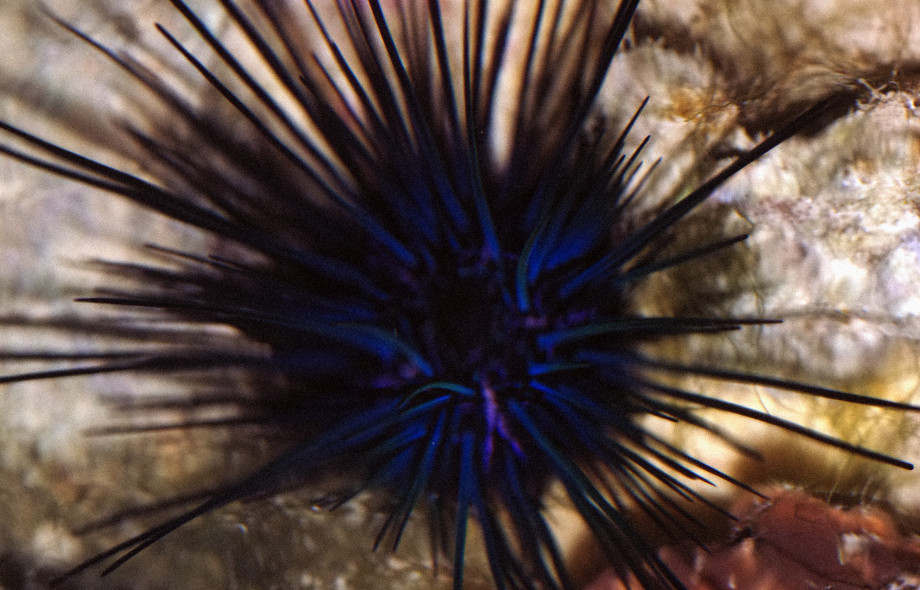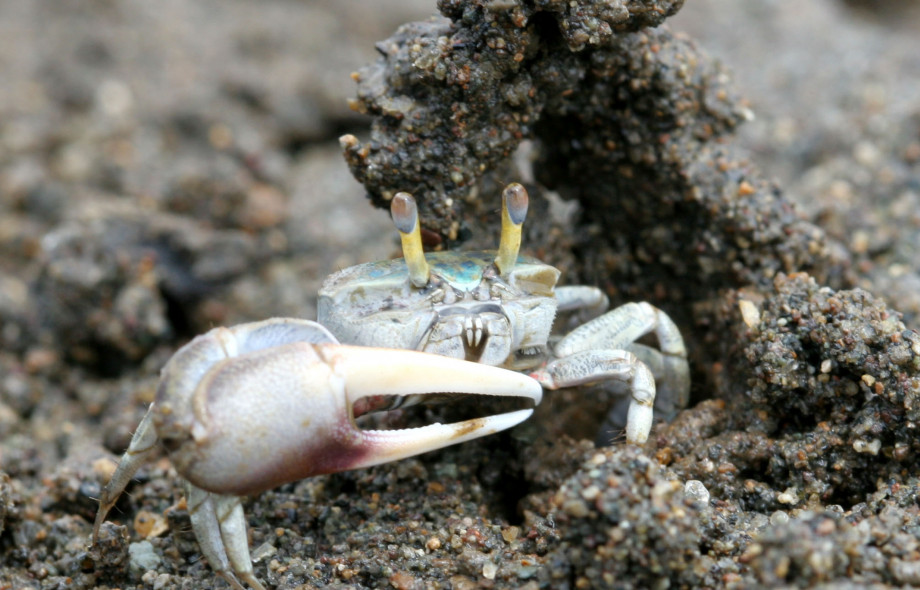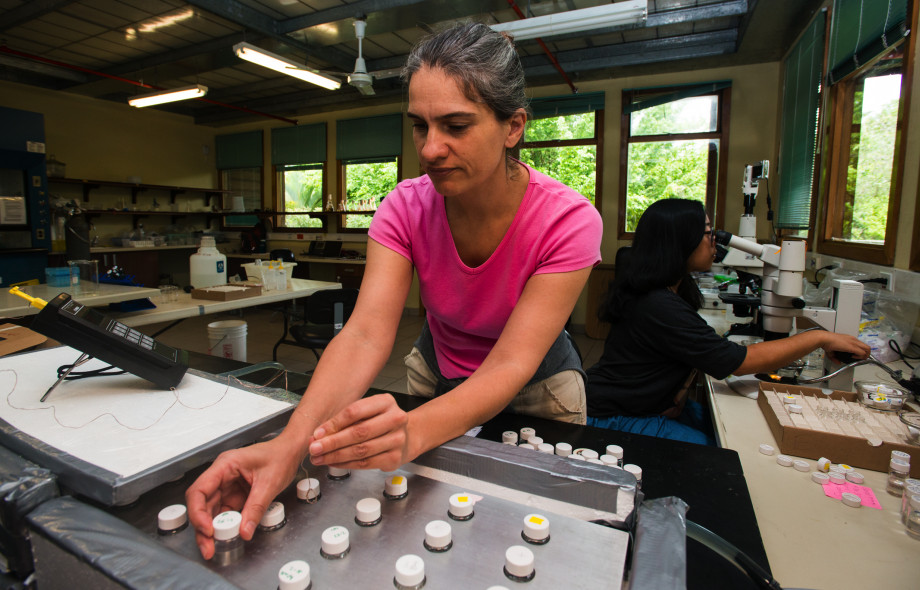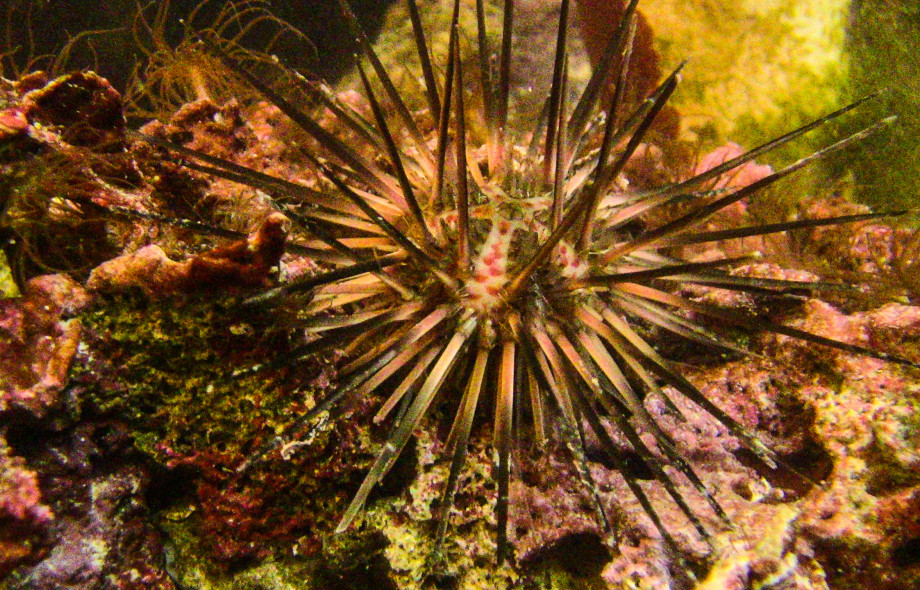To better explain how deer populations have declined throughout tropical America, one researcher delves into a collection of 2,500 deer bones at the Smithsonian archaeology lab in Panama.

You are here
Projects
& Stories
Naos
Scientists first discovered the shiny sea critter in 2009. Genetic testing suggested it crossed the canal on more than one occasion.
Veteran Smithsonian evolutionary biologist Haris Lessios has made major contributions to the understanding of how new marine species arose following separation by the Isthmus of Panama.
Male fiddler crabs’ large claws may look unwieldly, but a new study demonstrates that these large weapons are not only for show.
A Chilean sea snail appears to have tried two forms of development and decided to turn back before it was too late.
A five-million-year-old urchin ancestor gave rise to two common lineages of sea urchins found today on either side of the Isthmus of Panama, according to new research by a Smithsonian scientist.





